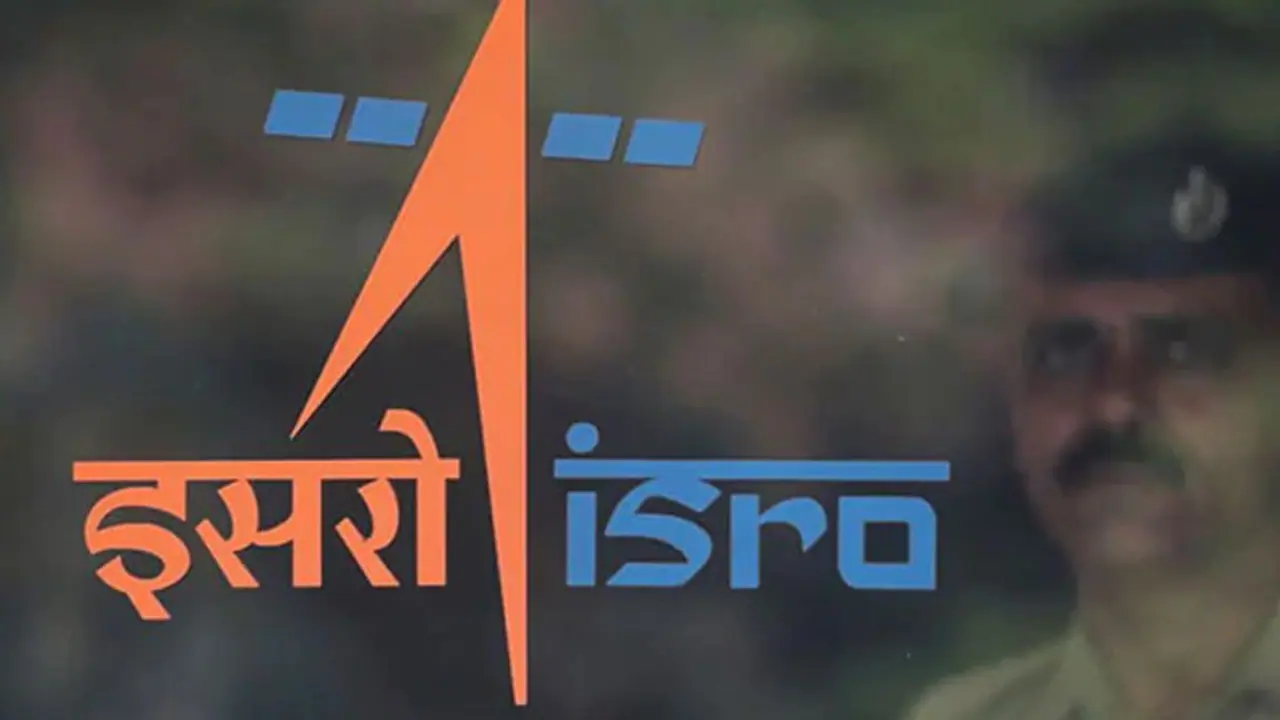On Thursday, Dr Jitendra Singh, Minister of Science and Technology, provided the information in a written reply to the Rajya Sabha.
The Indian Space and Research Organization's Small Satellite Launch Vehicle (SSLV) is approaching completion, with its first launch anticipated for the first quarter of 2022. Dr. Jitendra Singh, Minister of Science and Technology, submitted the information to the Rajya Sabha in a written reply on Thursday. The SSLV will be capable of delivering a payload of 500 kg to a 500-kilometre planar orbit. In comparison, ISRO's workhorse, the PSLV, can transport a payload of up to 1,750 kg into SSO at 600 km altitude. The project's development has been authorised by the government for Rs 169 crores. This will comprise vehicle system development and validation, as well as flying demonstrations via three development flights (SSLV-D1, SSLV-D2 & SSLV-D3).

According to the minister, India has generated approximately $35 million in foreign exchange earnings and 10 million euros in the previous three years by launching foreign satellites on board an Indian launch vehicle. He went on to say that the foreign satellites launched by ISRO were essentially for earth observation, scientific research, and technological demonstration. ISRO has launched 342 foreign satellites from 34 different nations since 1999.
Also Read | ISRO uses evasive manoeuvre to prevent collision between Chandrayaan-2 and NASA's Lunar Orbiter
The SSLV development project will be supported by private industry in terms of hardware and structures. It will feature a solid motor casing, nozzle sub-systems, solid motor casting mandrels, inter-stage structures, actuator motors, and fixtures. SSLV is a three-stage, all-solid vehicle that can accommodate nano, micro, and small satellites.
ISRO has negotiated six deals with four nations to deploy satellites in 2021-2023, bringing in 132 million euros. New Space India Limited (NSIL), the space agency's commercial arm, would launch these satellites on a commercial basis onboard the Polar Satellite Launch Vehicle (PSLV).
